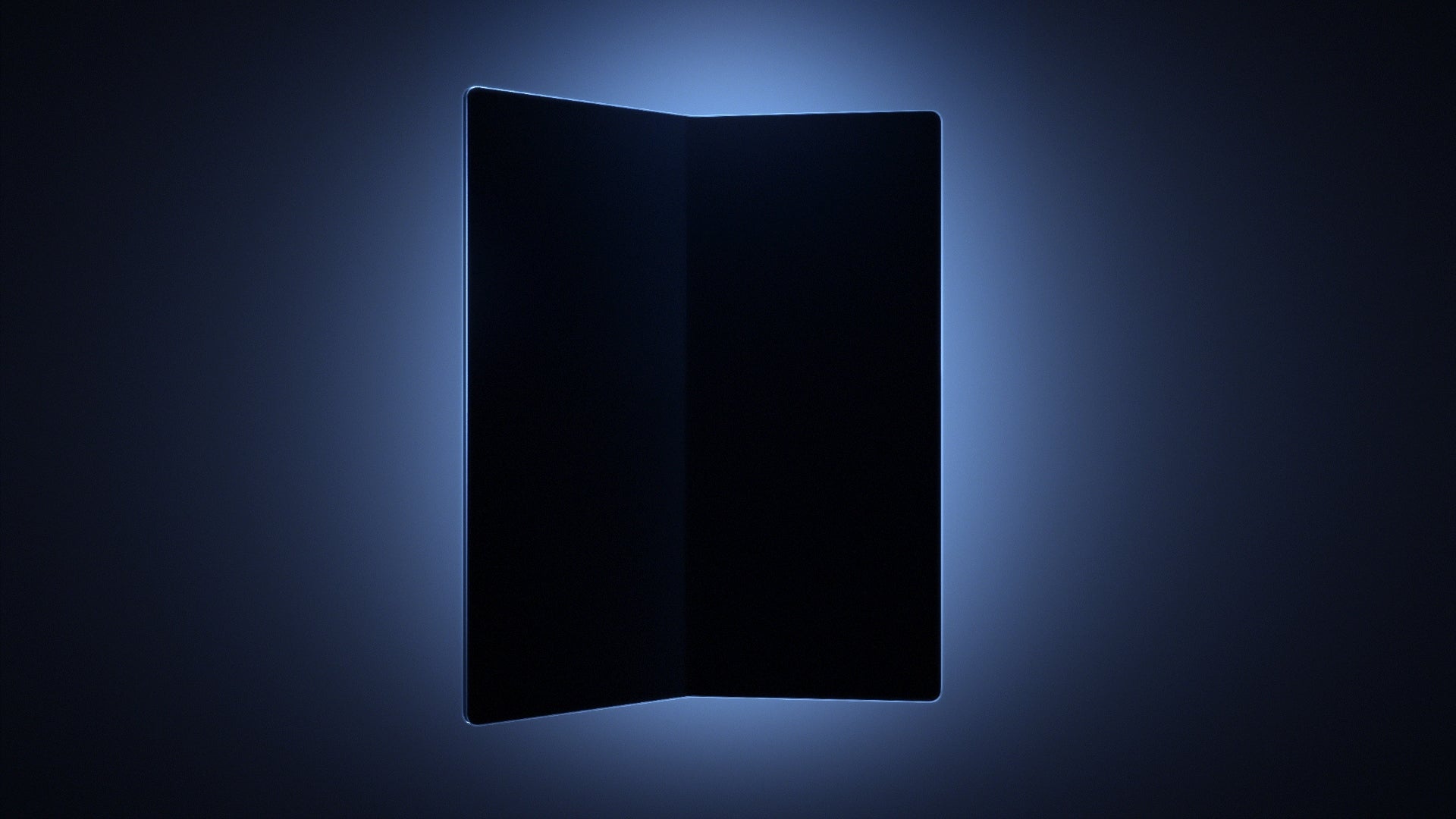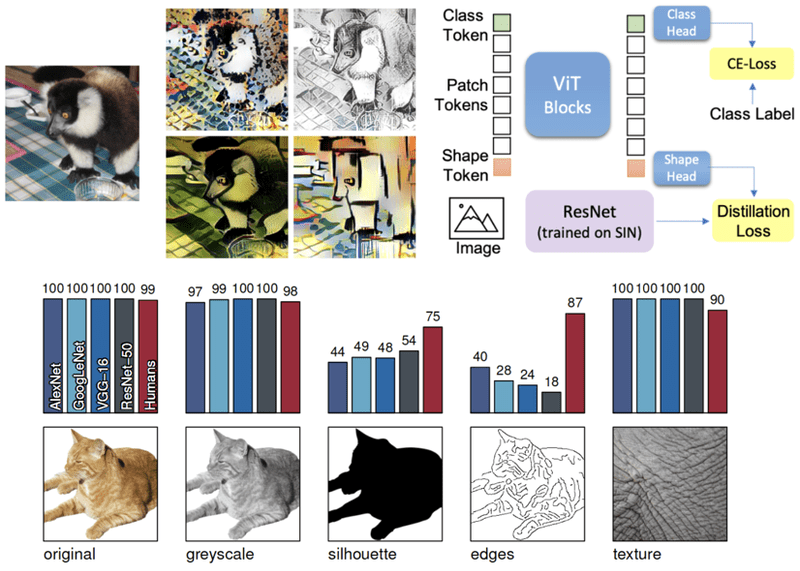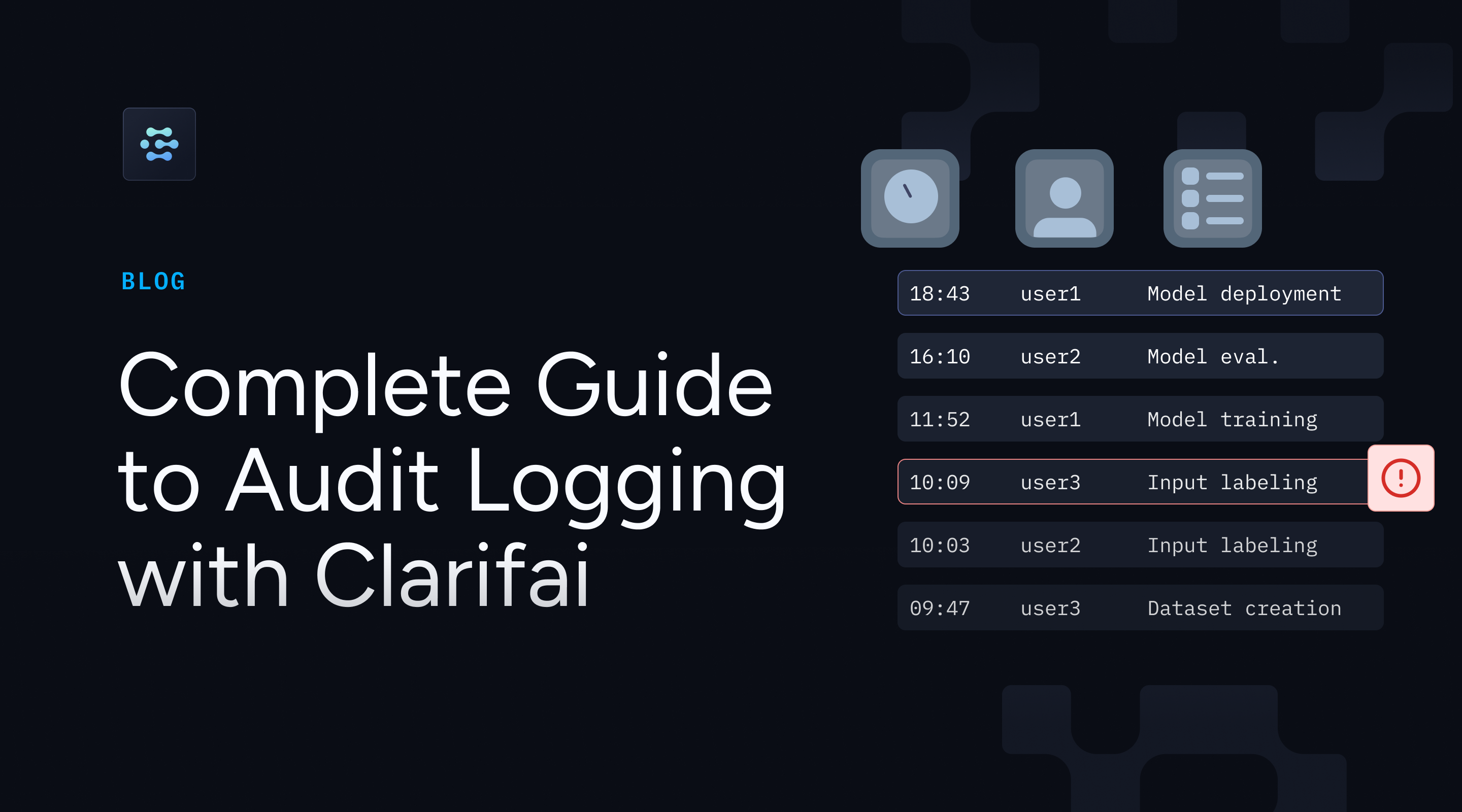Using an oracle to see where your code is producing the wrong output
If there is a reference implementation, then use it as a check. The post Using an oracle to see where your code is producing the wrong output appeared first on The Old New Thing.

You may find yourself trying to generate some output, and the output is wrong, where “wrong” means “is not accepted by whatever program consumes that output.” It is often the case that you have a reference implementation, which I somewhat whimsically call an “oracle”, that is known to produce acceptable output. In that case, you can use that reference implementation to check your implementation.¹
Give your implementation and the reference implementation the same input, and see if they produce the same output. For binary formats, you can use a binary file viewer program. In a pinch, you can use the Windows comp.exe or fc.exe /b programs. The files will not be identical,² and the tool will tell you where they differ. Work backward from that file offset to your program to see why your program chose to write the wrong data at that point. (Maybe you forgot to open the output file in binary mode?)
¹ I used a variation of this technique some time ago when reverse-engineered the calling convention for various historical CPU architectures.
² If the file contents are identical at the byte level, yet one is accepted and the other is rejected, then the problem is not in the file contents. Maybe there is file metadata that does not match, like the Mark of the Web.
The post Using an oracle to see where your code is producing the wrong output appeared first on The Old New Thing.










































































![iOS 18 Adoption Reaches 82% [Chart]](https://www.iclarified.com/images/news/97512/97512/97512-640.jpg)
![Apple Shares Official Trailer for 'The Wild Ones' [Video]](https://www.iclarified.com/images/news/97515/97515/97515-1280.jpg)






























































































































































































































![[The AI Show Episode 151]: Anthropic CEO: AI Will Destroy 50% of Entry-Level Jobs, Veo 3’s Scary Lifelike Videos, Meta Aims to Fully Automate Ads & Perplexity’s Burning Cash](https://www.marketingaiinstitute.com/hubfs/ep%20151%20cover.png)

































































































































































![[DEALS] FileJump 2TB Cloud Storage: Lifetime Subscription (85% off) & Other Deals Up To 98% Off – Offers End Soon!](https://www.javacodegeeks.com/wp-content/uploads/2012/12/jcg-logo.jpg)




















-0-8-screenshot.png?width=1920&height=1920&fit=bounds&quality=70&format=jpg&auto=webp#)
.jpg?width=1920&height=1920&fit=bounds&quality=70&format=jpg&auto=webp#)


































































